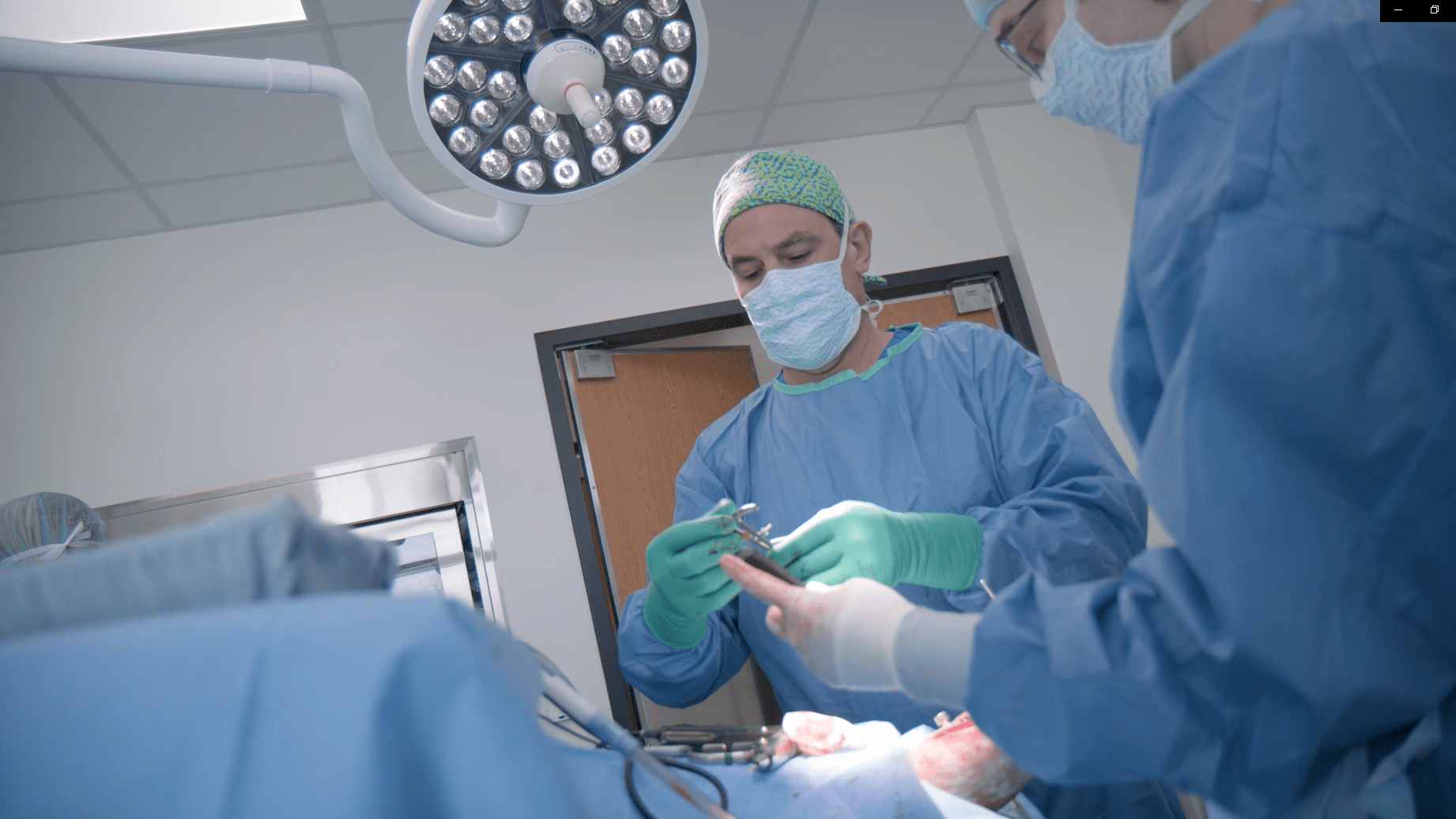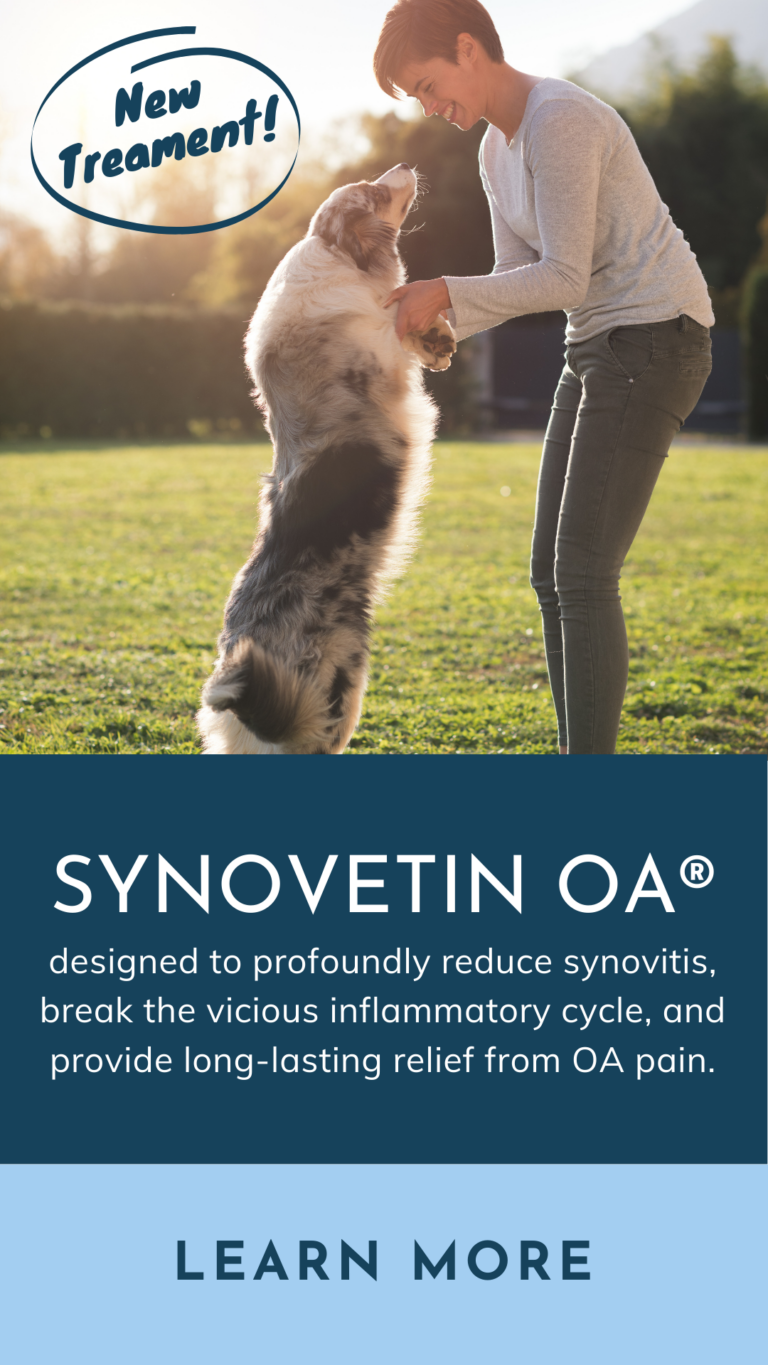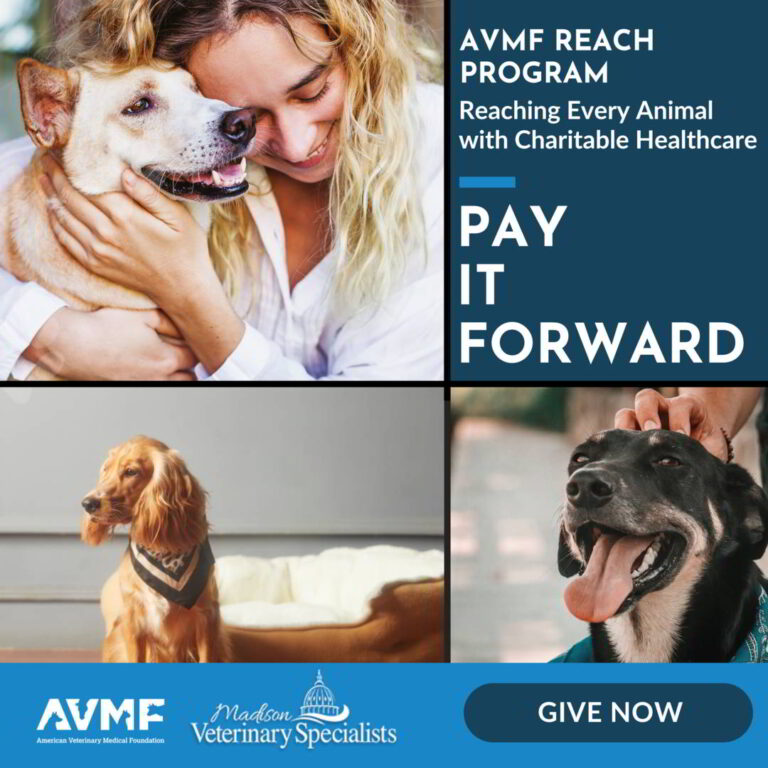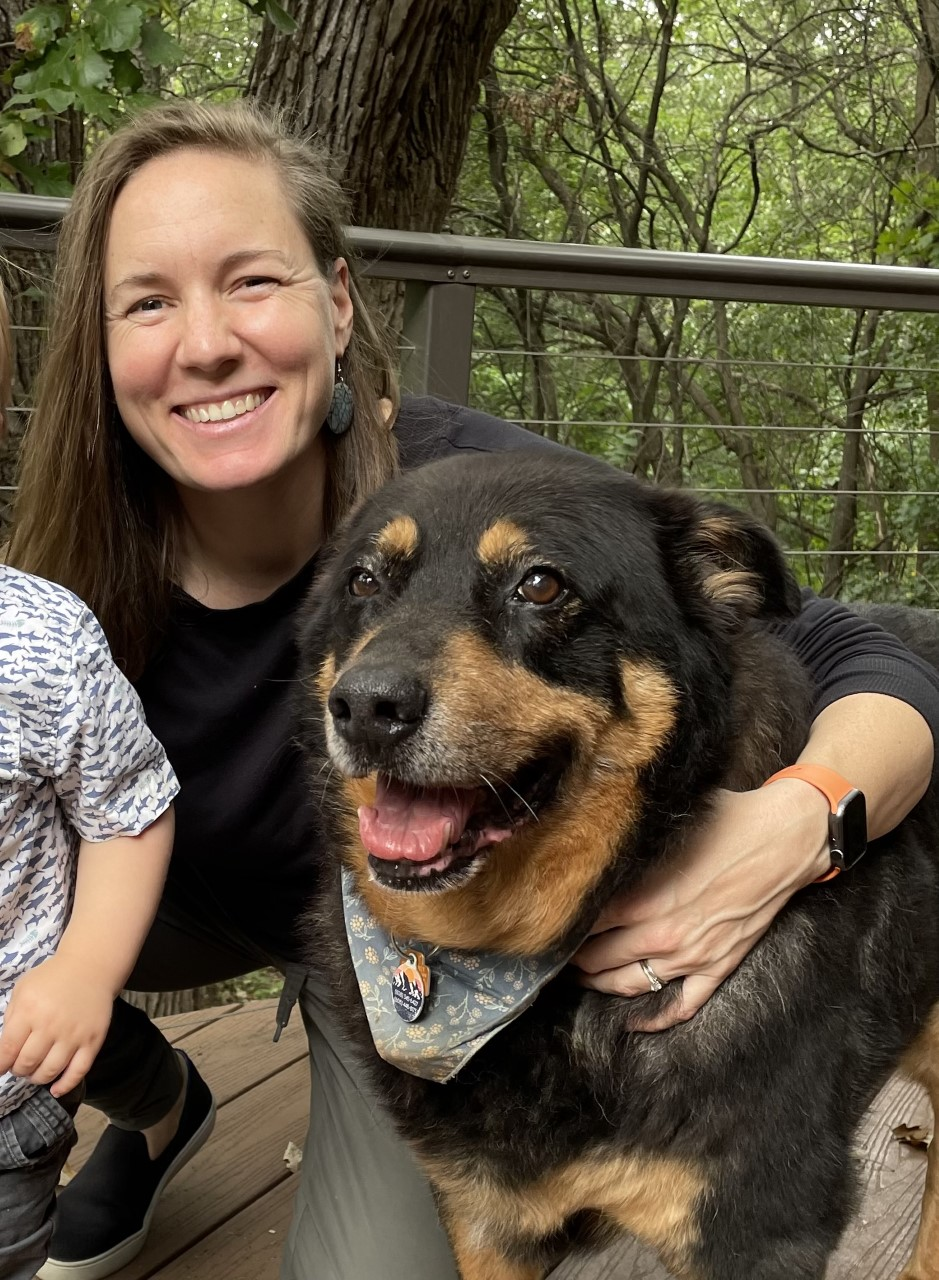About Our Surgery Department
The surgery department at MVS is composed of three board-certified small animal surgeons, certified veterinary technicians, and veterinary assistants. A board-certified small animal surgeon is a licensed veterinarian who obtained intensive, additional surgical training with dogs and cats and passed a comprehensive certification exam specific to surgeries on dogs and cats.
Our board-certified small animal surgeons specialize in the following types of cases:
- Traumatic injury and emergencies such as: fractures, large skin wounds and lacerations, correction of gastric dilatation-volvulus (GDV) and exploratory (abdominal / thoracic) surgery.
- Orthopedic surgeries such as: Femoral head osteotomies (FHOs), cruciate ligament surgeries (TPLOs), angular limb deformity correction and arthroscopy for joint exploration.
- Soft tissue surgeries such as: tumor removal, vascular shunt ligation, surgical management of non-healing wounds and correction of congenital defects.
- Neuro-surgeries such as: herniated discs and spinal injuries/fractures.
While your family veterinarian can diagnose and treat many health problems, certain diseases and conditions require the care of a veterinarian with specialized, intensive surgical training in order to provide the very best outcome for your pet. Our veterinary surgeons will work closely with your family veterinarian as well as with other board-certified specialists in internal medicine, veterinary oncology, veterinary neurology and veterinary radiology depending on your pet’s condition.
The Benefits of Utilizing a Small Animal Veterinary Surgeon
Just as your own primary care physician (for your human healthcare needs) may feel the need to refer you to the care of a specialist from time to time, your family veterinarian may feel your pet needs the additional expertise of a board-certified small animal surgeon for certain surgeries. In fact, many general practice veterinarians refer all but routine surgeries to specialists for their expertise managing your pet’s orthopedic, neurology, reconstructive, and tumor removal surgical needs.
Most board-certified small animal surgeons affiliate with 24-hour referral hospitals where they may have access to specialized diagnostic or surgical equipment, the latest and safest anesthesia monitoring equipment, physical therapy or rehabilitation capabilities and other emergency/critical care services that a general practitioner may not have access to. All of these specialized services may be necessary for the optimal care and recovery of your pet.
You can be assured that a veterinarian who knows when to refer you and your pet to a small animal surgeon is one who is caring and committed to ensuring your pet receives the highest standard of care for its needs.
FAQ’s
What can I expect when when I take my pet home after surgery?
The surgery team at Madison Veterinary Specialists will go over everything to expect when taking your post operative pet home. We understand how scary it can be and want to ensure you are 100% comfortable before walking out our doors. Please see below for more specific instructions on bandage care and TPLO rehabilitation.
What additional training does a small animal surgeon have?
Veterinarians who want to become board-certified in small animal surgery must seek additional, intensive training to become a specialist and earn this credentialing. Specialty status is granted by the American College of Veterinary Surgeons (ACVS). A veterinarian who has received this specialty status will list the initials, ‘DACVS,’ after his or her DVM degree along with the designation “Small Animal Surgeon.” Or the veterinarian may indicate that he or she is a ‘Diplomate’ of the ACVS. The word ‘Diplomate’ typically means the specialist has achieved the following:
-
- Obtained a degree in veterinary medicine from a university certified by the American Veterinary Medical Association following completion of undergraduate requirements.
- Completed a one year general internship, plus an additional three to four years of advanced training in a residency at a veterinary teaching hospital where the veterinarian will have trained with some of the best surgeons in the field and obtained hands on experience. Surgery residents also have to complete a case log in small animal soft tissue, orthopedic and neurological surgery.
- Completed the credentialing application process established by the ACVS, including publication of research results.
- Passed a rigorous examination specific to their species of interest as there are also equine and bovine veterinary surgeons.
- After completing and passing all of these rigorous requirements, the veterinarian is then recognized by his or her peers as a board certified specialist in small animal veterinary surgery. When your pet needs the care of a veterinary surgeon, years of additional training and education will be focused on helping him or her to recover from injury or illness and enjoy the highest quality of life possible.
How will my pet’s pain be managed?
Surgery is a major medical procedure and is often associated with pain in both animals and humans. You can be assured that your veterinary team including your pet’s family veterinarian, veterinary surgeon and any other veterinary specialists involved in your pet’s care will prescribe pain management options to help keep your pet as comfortable as possible before, during and after surgery. 24-hour pain monitoring by a veterinarian, epidurals, multi-modal analgesia and regional nerve blocks are now common in most veterinary referral hospitals. If you are concerned about pain management for your pet, simply ask your veterinarian.
What is cranial cruciate ligament disease?
The most common cause of rear limb lameness in dogs is a tear or rupture of the cranial cruciate ligament (CCL) or ACL in humans. This painful injury allows degenerative changes to occur in the pet’s knee joint. Just as in people this is a delicate joint, prone to traumatic injury. Rupture can occur when the joint is rotated unexpectedly, hyper-extended or when it is hit catastrophically from the side or front. Certain conformational defects, such as crooked legs or very straight legs can also lead to a slow degeneration of the CCL over time.
There is a surgical correction that can help alleviate the injury. Tibial Plateau Leveling Osteotomy, or TPLO, is a procedure which puts the patient’s knee joint back in better alignment. During the surgery, the tibia is cut and rotated to create dynamic stability across the knee joint, which allows to the patient to get back to a normal activity level once fully rehabilitated. The entire process takes about 12 weeks on average. As with any kind of complicated orthopedic surgery, the recovery period is crucial and the patient’s activity must be severely restricted. Patients must not be allowed to jump, play, run, climb or rough-house with house mates. Activity is confined to walking on a leash.
Informational Handouts
Common Surgical Ailments and Procedures





